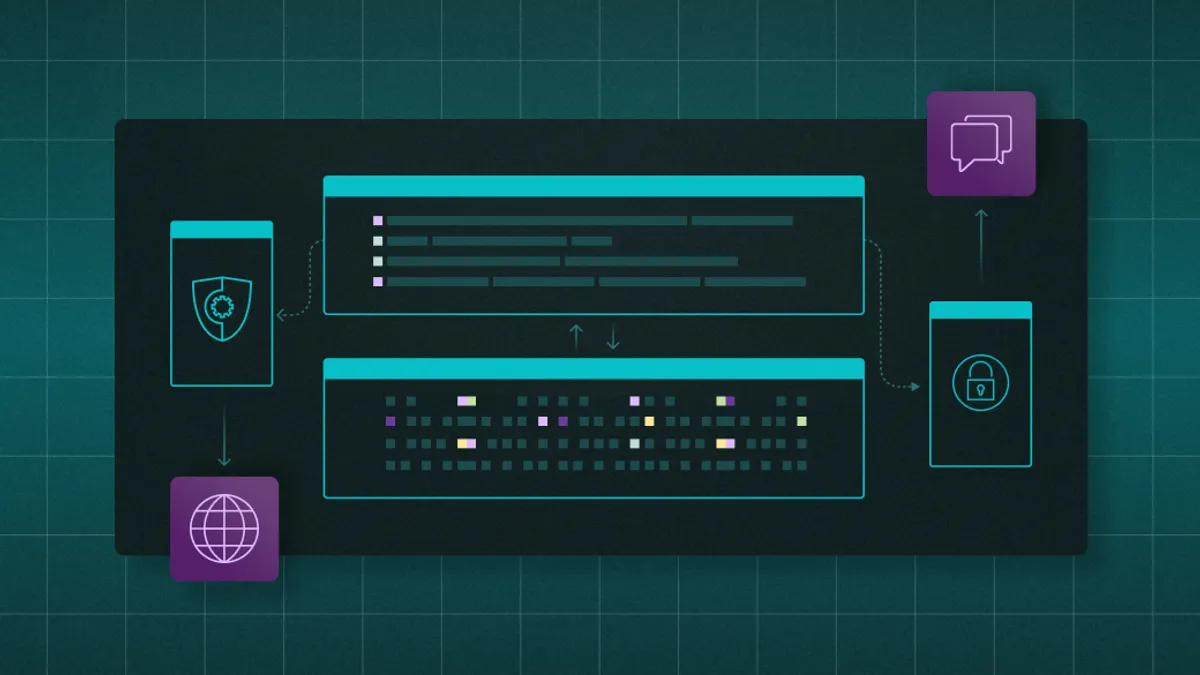CIOs are leading transformation at a breakneck pace.
AI pilots are scaling.
Data platforms are converging.
Infrastructure is becoming code.
And in the middle of all this progress, one function remains largely stuck in the past: cost, schedule, and risk analysis.
While systems modernize around them, many CIOs are still approving estimates built in spreadsheets, disconnected from delivery tools, and untouched by AI. That’s no longer sustainable. Not in 2025 and certainly not in 2026.
According to The 2025 CIO Report: What IT Leaders Need to Know About Estimation from Galorath, a leader in AI-driven cost estimation and forecasting, 87% of organizations still rely on spreadsheets as their primary estimation tool. Sixty-three percent report using no AI in their estimation workflows. Those are not just outdated numbers; they are liabilities.
The Estimation Lag Is Holding Back Transformation
Estimation isn’t just a side task. It drives budget approvals, vendor selection, staffing plans, and delivery timelines. When it lags behind, it slows everything else down. Agile teams need responsive models, not static inputs. Cloud budgets shift from quarter to quarter. SaaS pricing evolves with scale. Forecasts built in spreadsheets can’t keep up.
And CIOs are feeling the pressure. Boards want traceable cost projections. CFOs want defensible assumptions. Program managers want real-time visibility. But when estimation is still manual, slow, and opaque, that kind of visibility just isn’t possible.
In 2025, AI Is Table Stakes and It Has to Be Trustworthy
Generative AI is already reshaping the enterprise tech stack. But estimation isn’t like marketing or customer service. You can’t drop a black-box LLM into the process and expect reliable results. CIOs need estimation systems that do more than generate numbers. They need systems that document the assumptions behind those numbers and make them auditable.
In the 2025 CIO Report, leaders identified governance, transparency, and explainability as core requirements for AI adoption in estimation. CIOs don’t just need forecasts, they need clarity.
What a Modern Estimation Stack Looks Like
CIOs planning for modernization should look beyond spreadsheets and point solutions. Estimation must become a connected, scalable capability and one that feeds and reflects the full delivery lifecycle.
Here are some features worth prioritizing:
- Forecast version control to track changes and show how plans evolve
- Embedded cost libraries and historical benchmarks to ground assumptions
- AI-driven sensitivity analysis to explore what-if scenarios before decisions are locked
- Exportable audit logs that meet the expectations of finance, compliance, and oversight stakeholders
Together, these capabilities create a planning layer that is fast enough for agile, clear enough for compliance, and structured enough to scale.
Why This Matters Now
The gap between static estimation and dynamic delivery is growing. And that gap is costing organizations more than money. It’s slowing programs, undermining trust, and limiting the agility that CIOs are expected to deliver.
Legacy tools cannot meet the moment. Manual processes don’t scale. And AI, when used improperly, can introduce new risks rather than solve old ones. That’s why 2025 is the tipping point. Organizations that treat estimation as a strategic, AI-augmented function will outpace those that keep it locked in spreadsheets.
What CIOs Should Be Thinking About
Estimation is no longer a back-office process. It is a source of strategic visibility, a test of AI governance, and a risk to financial accuracy if left behind. CIOs don’t need to overhaul every system to make progress. But they do need to ask whether current planning methods are fast enough, transparent enough, and adaptable enough to support the decisions their organizations face in 2025.
The 2025 CIO Report outlines where most teams are falling short—and what early movers are doing differently. It’s a timely look at how estimation is becoming a leadership issue, not just a technical one.










